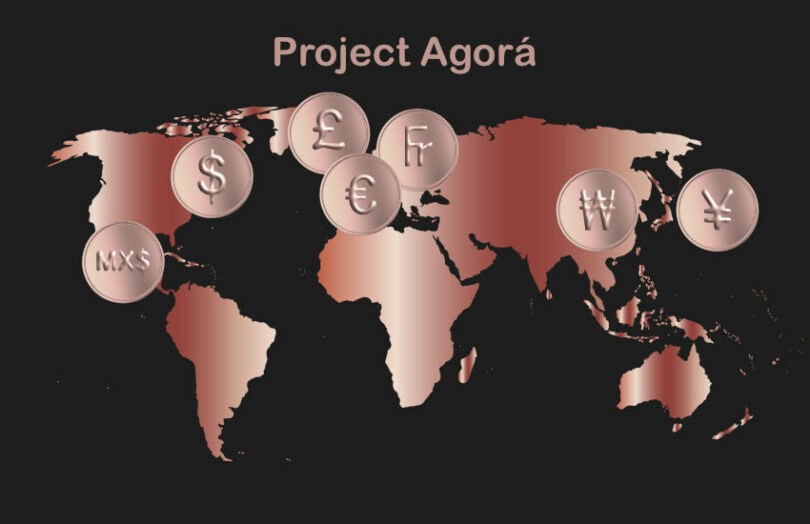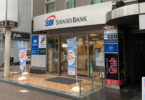Today the Institute of International Finance (IIF) released the names of 41 firms selected to participate in the public – private tests of Project Agorá. It’s an ambitious project initiated by the BIS to modernize correspondent banking using a unified ledger, tokenized deposits and wholesale CBDC from seven central banks.
One of the key impediments to smooth cross border payments is compliance. With Project Agorá, the aim is to perform screening at the start of the payment process and to share it across the banks, helping to reduce one of the major delays in cross border payments – every bank doing the same checks independently, sometimes with different results.
A key benefit of tokenization is there is no separation of the message and money movement, so the money either moves or it does not. This should avoid one of the great frustrations of end users – money in limbo.
Article continues …

Want the full story? Pro subscribers get complete articles, exclusive industry analysis, and early access to legislative updates that keep you ahead of the competition. Join the professionals who are choosing deeper insights over surface level news.






